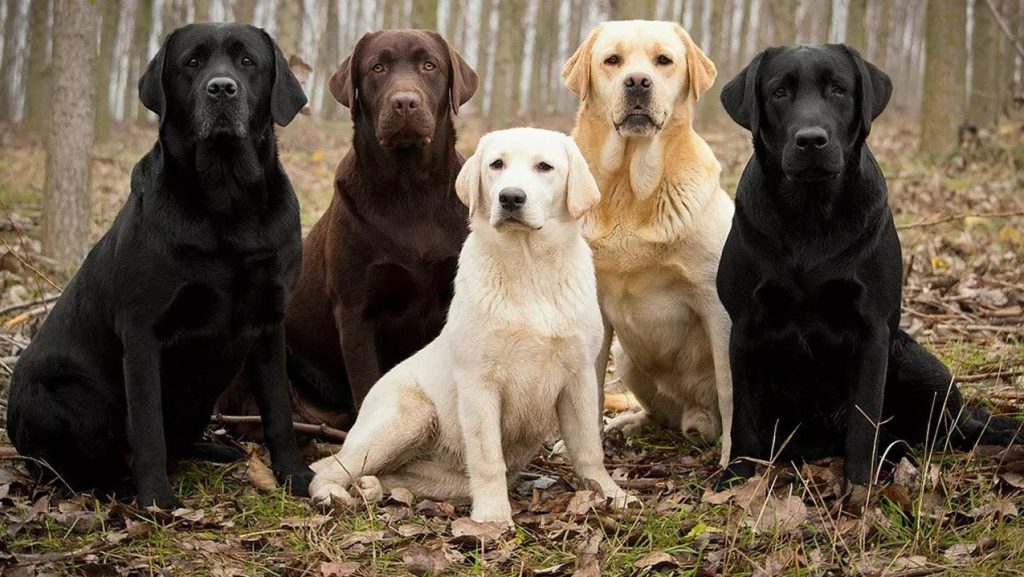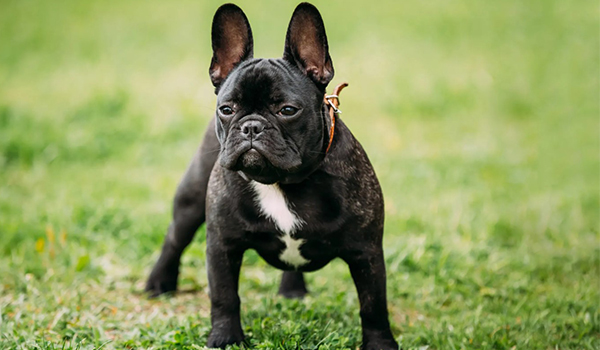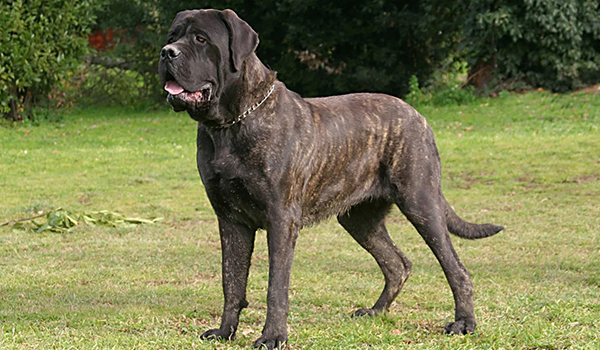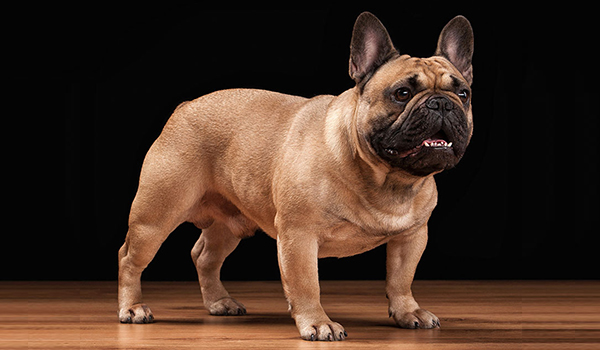
The Labrador Retriever isn’t the most popular dog breed in the United States for over 30 years by accident. With their friendly eyes, wagging tail, and perpetually optimistic attitude, Labs have cemented their place as America’s sweetheart. But is this versatile, high-energy breed the right fit for your lifestyle?
This complete guide will break down everything a future owner needs to know about the Labrador Retriever, from their history and personality to their specific care needs, helping you decide if you’re ready to welcome this beloved breed into your home.
Breed Overview
- Group: Sporting
- Height: 21.5 to 24.5 inches (at the shoulder)
- Weight: 55 to 80 pounds
- Life Span: 10 to 12 years
- Coat: Short, dense, double-layer coat that is straight and hard to the touch. Comes in three colors: black, yellow, and chocolate.
A Brief History: From Fisherman’s Helper to Family Favorite
Contrary to their name, Labrador Retrievers originated not in Labrador, but in Newfoundland, Canada. In the 1800s, they were known as St. John’s water dogs, working alongside fishermen to haul nets, retrieve ropes, and catch fish that escaped from lines. Their waterproof coat, otter-like tail, and incredible work ethic made them perfect for this job.
English nobles brought them to the UK in the 19th century, where they were refined and bred as game-hunting retrievers. Their intelligence, gentle mouth, and eagerness to please quickly made them a favorite both in the field and in the home, a dual-purpose role they excel at to this day.

The Labrador Temperament: Why Everyone Loves Them
The classic Labrador temperament is what dreams are made of, which is why they are consistently recommended as fantastic family dogs.
- Friendly & Outgoing: Labs are the quintessential “friendliest dog on the block.” They are not guard dogs; they are more likely to greet an intruder with a wagging tail and a slobbery kiss.
- Intelligent & Eager to Please: Ranked among the smartest dog breeds, Labs are highly trainable. They love learning new things and shine in obedience, agility, and as service and therapy dogs.
- Energetic & Playful: Bred to work all day, Labs have a seemingly endless supply of energy, especially in their first few years. They retain a puppy-like playfulness well into adulthood.
- Gentle & Patient: Their soft mouth, inherited from their retrieving days, translates into a gentle nature with children. They are typically very patient and tolerant, making them excellent family companions.
Important Note: A well-bred Lab should have this stable temperament. Poor breeding can lead to nervousness or aggression, so choosing a reputable source is critical.

Caring for Your Labrador Retriever
Exercise: Non-Negotiable Daily Activity
This is the most important commitment for a Lab owner. A bored or under-exercised Lab will become destructive, often resorting to chewing, digging, and excessive barking.
- Daily Requirements: Aim for at least 60-90 minutes of vigorous exercise every single day. This should include:
- Long walks or runs.
- Off-leash play in a secure area (fetch is a Lab’s favorite sport!).
- Swimming—a fantastic, low-impact exercise they naturally adore.
- Mental stimulation like puzzle toys or training sessions.
Grooming: Manageable but Prolific Shedders
Labs have a double coat that sheds—a lot. They “blow” their undercoat seasonally (spring and fall), during which the shedding intensifies.
- Brushing: Brush 2-3 times a week with a slicker brush or undercoat rake to manage shedding and keep their coat healthy. Daily brushing is recommended during shedding season.
- Bathing: Bathe every month or two, or as needed. Overbathing can strip their natural oils.
- Other Needs: Regular nail trimming, ear cleaning (their floppy ears are prone to infection), and teeth brushing.
Training: A Joyful Endeavor
Thanks to their intelligence and desire to please, Labs are typically a joy to train. They respond excellently to positive reinforcement methods like treats, praise, and play.
- Start Early: Begin socialization and puppy training classes as soon as possible. Expose them to various people, places, sounds, and other animals.
- Be Consistent: Labs can be boisterous and mouthy as puppies. Consistent training on manners, bite inhibition, and not jumping up is essential.
- Channel Their Energy: Use training as a form of mental exercise. Teach them new tricks, engage in dog sports, or try nose work games.
Health: What to Be Aware Of
Labs are generally healthy, but like all purebreds, they are prone to certain genetic conditions. Responsible breeders test for these.
- Hip and Elbow Dysplasia: A common skeletal condition that can lead to arthritis and pain.
- Progressive Retinal Atrophy (PRA): A family of eye diseases that causes gradual blindness.
- Exercise-Induced Collapse (EIC): A genetic disorder that causes weakness and collapse after intense exercise.
- Obesity: Perhaps the biggest health threat. Labs are infamous for their food motivation and will overeat if allowed. Carefully monitor their diet and calorie intake, and avoid feeding table scraps.

Is a Labrador Retriever Right for You?
A Lab might be your perfect match if you:
- Lead an active, outdoor-oriented lifestyle.
- Want a trainable, versatile dog for activities, sports, or service work.
- Have a family and want a gentle, patient playmate for children.
- Have a sense of humor and don’t mind a little mud, water, or slobber.
You might want to reconsider if you:
- Prefer a low-energy, couch potato breed.
- Are away from home for long hours regularly.
- Desire a pristine, hair-free home.
- Want a protective guard dog.
Finding Your Labrador
- Reputable Breeders: Choose a breeder who performs health testing on their breeding stock (OFA hips/elbows, EIC test, eye clearances), welcomes you into their home, and asks you as many questions as you ask them.
- Rescue & Shelters: Don’t overlook breed-specific Labrador Retriever rescues or your local shelter. Many wonderful Labs of all ages are in need of a second chance.
Bringing a Labrador Retriever into your life means committing to a loyal, energetic, and loving companion. With the right preparation, exercise, and training, you will gain a best friend who will fill your days with joy, adventure, and unwavering devotion.




